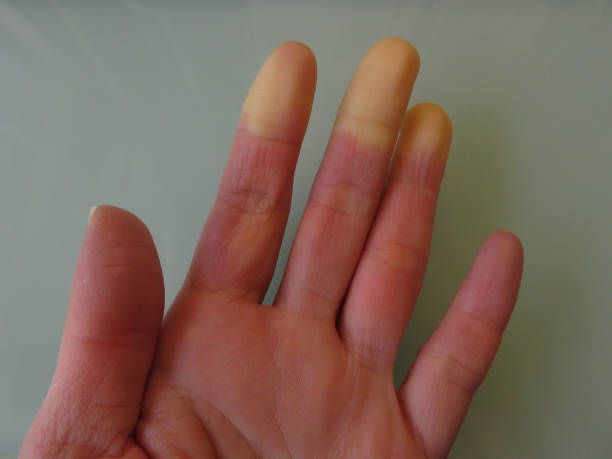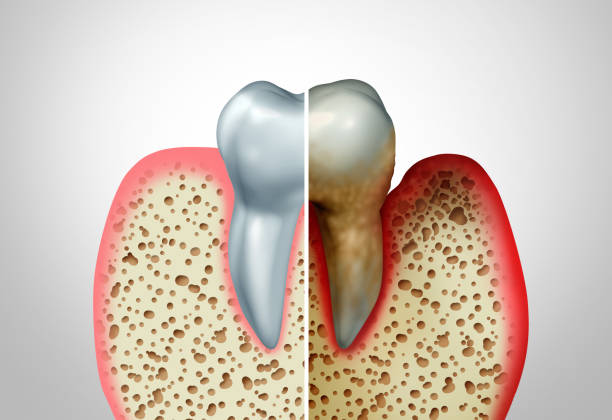What is Raynaud Disease?
If you suffer from Raynaud disease, the first thing to do is to make an appointment with your GP to discuss your condition. The majority of people with this condition will only suffer from mild symptoms and rarely develop other complications. However, if your symptoms are severe and you cannot take a break from your daily routine, you should see a doctor for further testing and monitoring.
What causes Raynaud’s disease?
People with Raynaud’s disease have a limited blood flow to the fingers and toes, and this can lead to severe complications. These can include scarring and tissue death. Most treatments involve lifestyle changes and medications to increase blood flow. In severe cases, surgery or antibiotics may be necessary to reduce symptoms. In some cases, the affected finger or toe may have to be removed.
Those living in cold climates are more susceptible to developing this condition. People who have a family history of the disease are also at an increased risk of developing it. People with the disease are also more likely to be women.
How Serious Is Raynaud’s disease?
Raynaud’s disease is a common affliction, but it is not always dangerous. Many people experience episodes that resolve quickly, and they don’t need medical treatment. Severe cases, however, can lead to tissue death and infection. A healthy diet can help prevent and even treat Raynaud’s disease.
If you think you may have Raynaud’s disease, the first step is to visit a doctor. Your doctor will conduct tests to determine the severity of the condition and rule out other conditions. Some tests involve blood tests and a medical history. Blood tests can also identify underlying diseases that can cause the symptoms.
Although primary Raynaud’s disease can occur at any age, it usually develops before age 30. It’s more common in women and people living in cold climates. Cold temperatures or emotional stress may trigger an episode. Secondary Raynaud’s is more complicated and is often caused by an autoimmune disease. Other causes include vibrating tools and wrist injuries.
What are the symptoms of Raynaud’s?
Raynaud’s disease is a condition wherein blood vessels become very narrow. The condition often affects the fingers and can cause gangrene or tissue death. Symptoms can be mild or more severe and are triggered by a variety of factors, such as cold weather. Nevertheless, it is essential to see a doctor to avoid aggravated symptoms.
If the condition isn’t caused by an underlying condition, prescription medications can be used to treat it. These medications work by relaxing small blood vessels in the hands and feet. Nifedipine and amlodipine are common examples of these drugs.
Can Raynaud’s disease be cured?
While there are no known cures for Raynaud’s disease, lifestyle changes can reduce the occurrence of the condition. Certain medications, such as calcium channel blockers, can help reduce the frequency of attacks. If you suffer from Raynaud’s disease, you may wish to consult your physician to find out the best treatment options. Additionally, it can be helpful to connect with a support group to share your experiences and learn more about ways to manage the condition.
A doctor will evaluate your symptoms and take a medical history. They may perform a cold challenge test to check the condition of your blood vessels. Cold challenge tests involve exposing your hands to cold temperatures. Blood tests may also be conducted to rule out other medical conditions or diseases. Treatment may also include regular exercise and controlling stress. Certain medications are also helpful, such as dihydropyridine calcium channel blockers, which relax the blood vessels in the body.
Secondary Raynaud’s disease
People with certain medical conditions are more likely to develop secondary Raynaud’s disease than other people. Some of these include cancer, autoimmune diseases, migraines, over-the-counter cold medications, and certain types of chemotherapy. About one in ten people will develop the disease at some point in their lives. The condition is more common in colder climates and in women. Family history is also a risk factor.
Other risk factors include repetitive trauma, such as using vibrating tools, smoking, and exposure to certain chemicals. If left untreated, the disease can cause the arteries to become completely blocked. This can lead to sores and dead tissue. In extreme cases, the affected body part may have to be removed.



